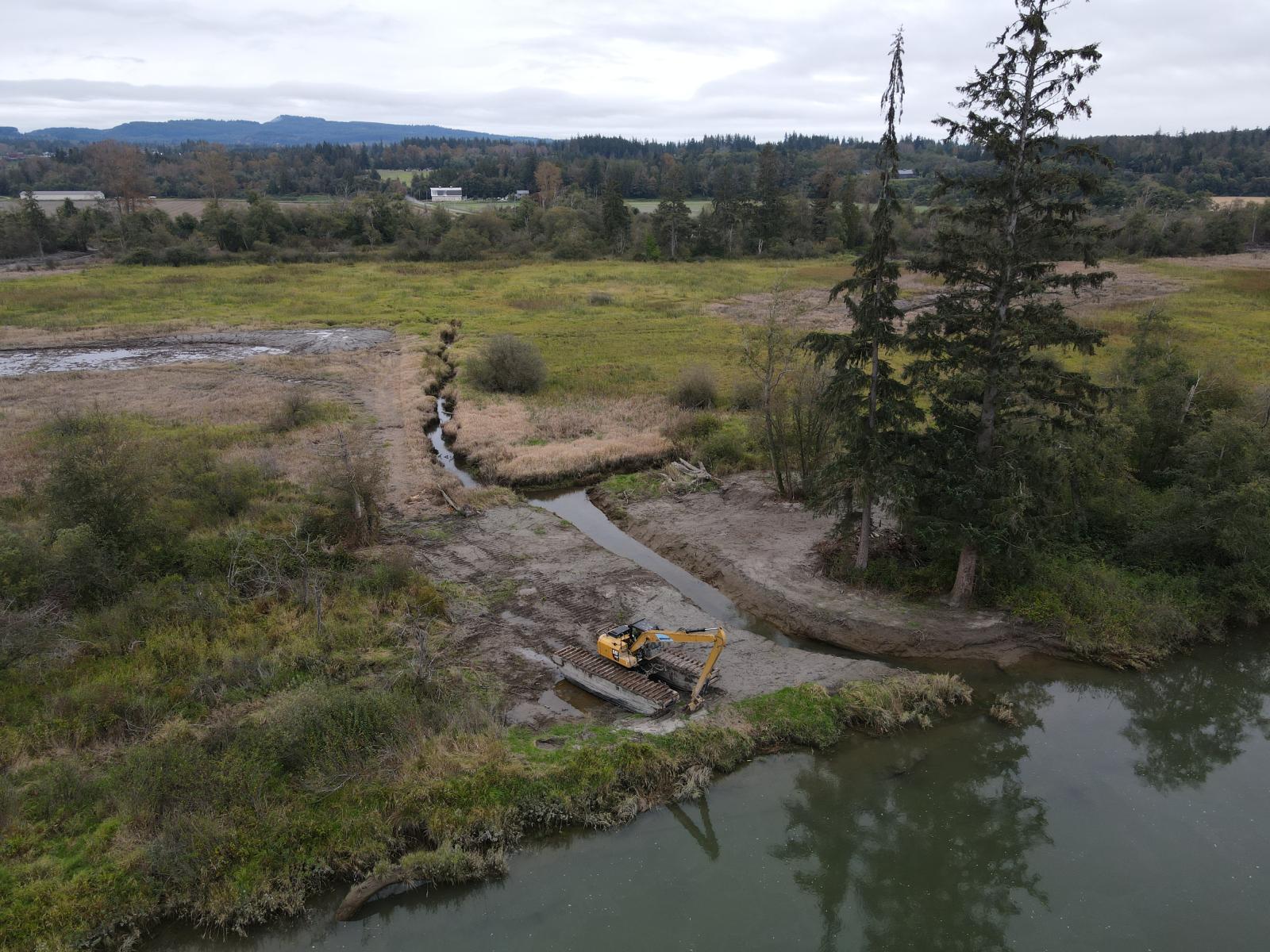Places to Go
There are countless ways to get outside in Washington. Whether hunting, fishing, wildlife watching, hiking, horseback riding, boating, or camping, the Department of Fish and Wildlife wants to make it easy for you to do the things you love, from Puget Sound and the Pacific coast to the Columbia Basin and the rolling hills of the Palouse.
In this section
-
WDFW's Life Outdoors Report showcases upcoming fishing, hunting, and other outdoor recreation activities around the state.
-
WDFW sponsors and attends public events throughout the state.
-
WDFW manages more than 1 million acres of land throughout the state.
-
WDFW manages hundreds of water access areas throughout Washington, providing recreational access to the state’s lakes, rivers, and marine waters.
-
Find information about public clam, mussel, and oyster beaches, including harvest seasons, beach locations, and current Department of Health status.
-
Dozens of fishing piers around Puget Sound let you fish Washington's marine waters, even without a boat.
-
Find areas across the state where you can see salmon migrating and/or spawning.
-
Washington's lowland lakes offer some of the best fishing opportunities in the state.
-
Without a doubt, high lakes trout fishing is one of Washington's premier recreational opportunities.
-
Marine areas offer unique fishing opportunities to the adventurous angler.
-
Want to start your adventure today? Find a license dealer near you.
Places news & important dates
WDFW is seeking public input at the Olympic-Willapa Hills Wildlife Area Complex, which consists of three wildlife areas across Grays Harbor, Clallam and Pacific counties.

Intertidal marsh restoration in the South Fork Skagit River estuary creates habitat for juvenile salmon while adding amenities for waterfowl hunters and recreationists.
Visit your WDFW lands
As of Jan. 1, 2025, boaters must follow new regulations to protect the endangered Southern Resident killer whale population.
Only 3% of the South Puget Sound region's prairies remain, and conservation grazing is playing a key role in helping this unique habitat.
Daytime low tides have returned, providing more opportunity for recreational shellfish gathering on many of Washington’s clam, oyster, and mussel beaches.








